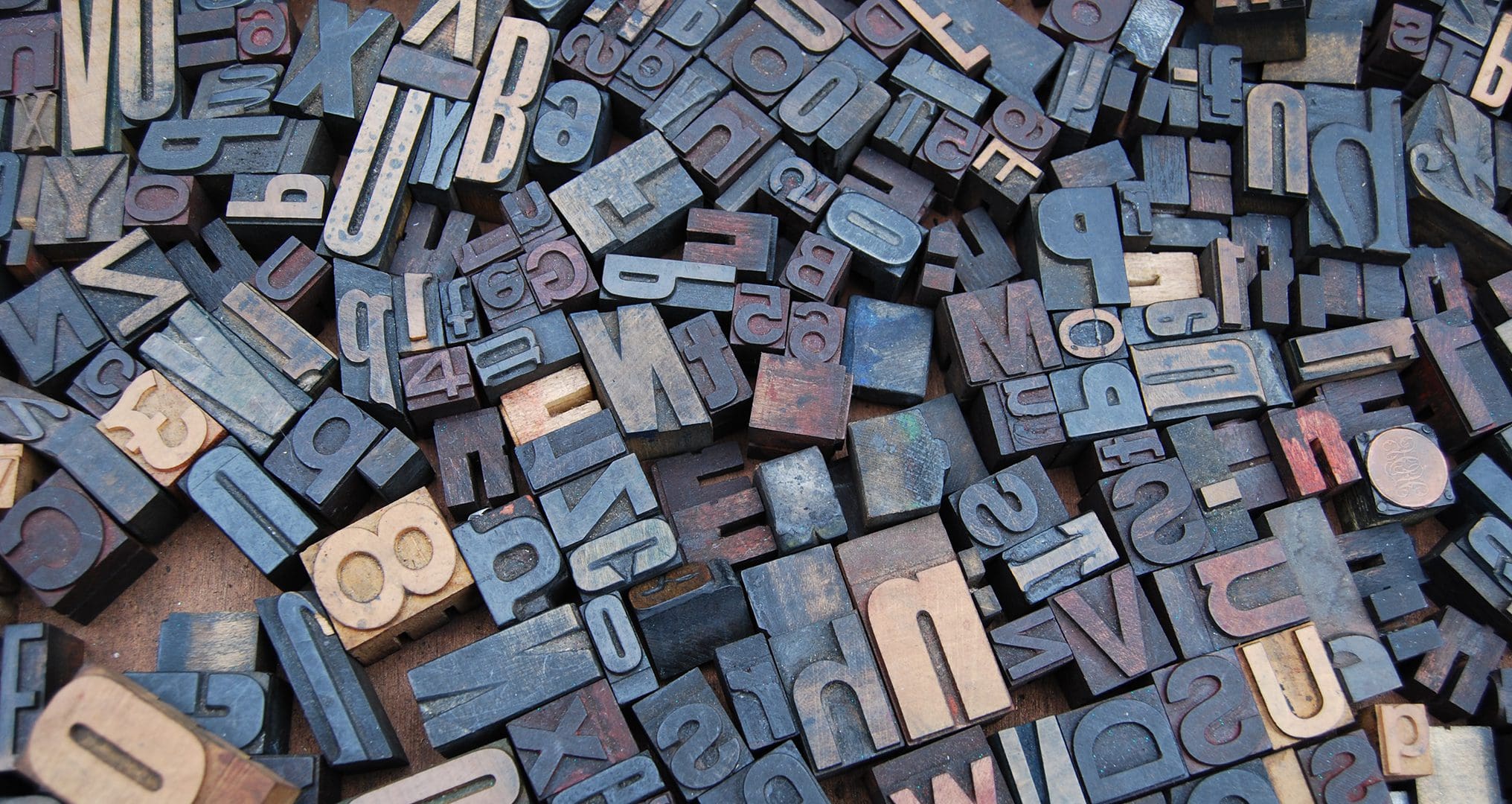Photo Credit: https://unsplash.com/photos/BVyNlchWqzs
What is a Proof in Printing Terms?
A proof in printing terms is a preliminary version of a printed piece — a way to prove that the final output of a given printed piece looks right. It provides a close representation of how the project will appear when printed. Proofs are created to ensure that the client and printer are in complete agreement on the desired outcome before going to press. Below we help breakdown different types of a proof and when it’s best to use each type.
Generally, proofs come in two formats that serve different functions: a soft proof or hard proof.
What is a soft proof?
A soft proof, also known as an electronic proof, is an on-screen proof that printers will generally provide at no cost because generating them is a necessary step that must be taken before printing. Also referred to as an on-screen proof, in most cases, this will be a PDF file designed to replicate the ink colors on the screen, and it will be fine for most projects.
A soft proof is where the first step of proofreading begins, and gives a chance for the proofreaders will review the artwork and point out any differences between the master and sample file.
It’s important to be aware of color changes in a soft proof. Colors on the screen will not match exactly to a final ink. If you will be soft proofing a lot of files, then you may want to look into monitor calibration software to ensure consistency. Soft proofs are an excellent tool for checking colors, but it is important to be aware of their limitations.
What is a hard proof?
A hard proof, also known as a physical proof, is a hard copy of what your final project will look like. If you are ordering a brochure for your company, the hard proof will be a copy of that brochure. Although it’s likely it will not yet be trimmed and folded. You will see it as it is, with the ink colors and design all laid out.
A hard copy proof is highly recommended for those who are printing offset for the first time, and for those who have specific color requirements. This option typically includes one or several press sheets of a project (usually 8 pages of content per press sheet), printed on an offset press using the actual paper and print finishes to be used in the final product. Overall, physical proofs give a much more accurate feel for the way that color translates to the printed page.
Printing proofs ensure final project satisfaction
Regardless of the type of printing proof you choose, it needs to be reviewed and proofread to ensure proper quality control. Proofing is a vital part of the printing process, as it’s the final check that everything is ready to print. It helps prevent unforeseen problems with text, images, colors, spacing, and other design elements. Take advantage of the printer’s proofs for your project and review them carefully. If you have questions regarding anything on, about, or missing from them, take the time to ask and find out. Because after the printer’s proof is approved, the next stage is going to press. And there is no coming back from that point.
Are you in need of printed materials?
Working with a local printing company provides great benefits, and Davant is stacked with a team of professionals to give you a superb printed product from start to finish. Give us a call with any questions or to discuss your project! We’d love to help: Call us at (317) 849-6565.

